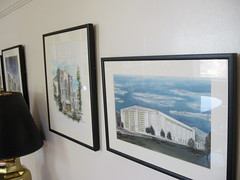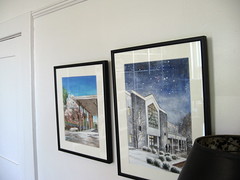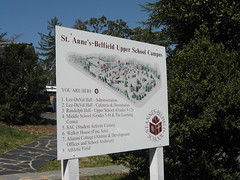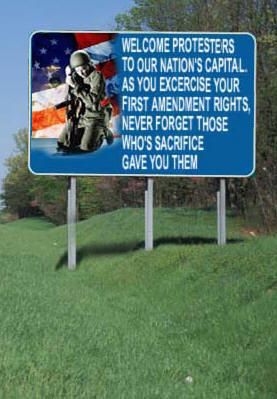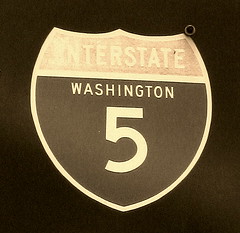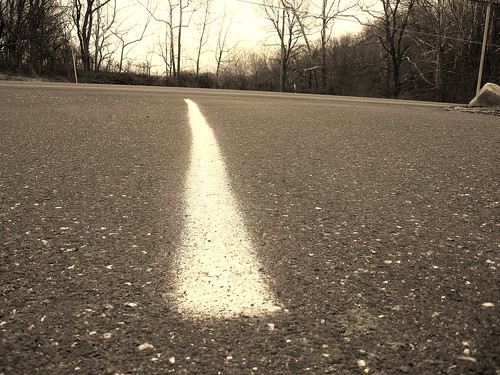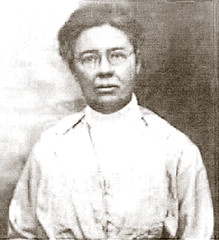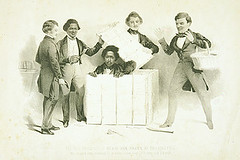
Henry 'Box' Brown
He was born a slave in Louisa County Virginia in 1815. On March 29, 1849 Henry 'Box' Brown literally mailed himself to freedom, no mean feat for the two-hundred pound 5' 8" man, who had a carpenter build him a special wooden shipping container.
Mr. Brown was a worker in one of Richmond's tobacco factories but when his family was sold and taken away to North Carolina he grieved their loss and eventually knew that he wanted to seek his freedom. He sought out an agent of the Underground Railroad who arranged contacts for him in the city of Philadelphia [Pennsylvania was a free state]. Brown devised his unique escape and had a carpenter build the box. Care was taken to provide inconspicuous air holes and the box was clearly labled "This Side Up With Care."
Cleverly disguised as a shipment of dry goods, Brown was transported by wagon to the RF&P Railroad for a trip to the Potomac. A ferry took him accross the river to continue his journey by train to Philadelphia. The box was handled roughly and was placed upside down a few times but Brown was able to remain silent and avoid detection. The journey lasted 26 hours.
He arrived at the doorstep of James Miller McKim, a Philadelphia abolitionist, who had agreed to receive the shipment. He greeted the men who uncrated him, saying "How do you do gentlemen," then sang a hymn that he had chosen to celebrate his freedom.
Mr. Brown became a popular speaker and when the Fugitive Slave Law was passed in 1850 he went to Britian. In 1875 he returned to the U.S. and continued as a popular speaker and entertainer.
